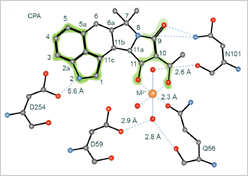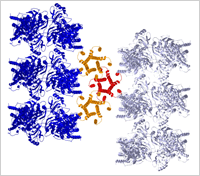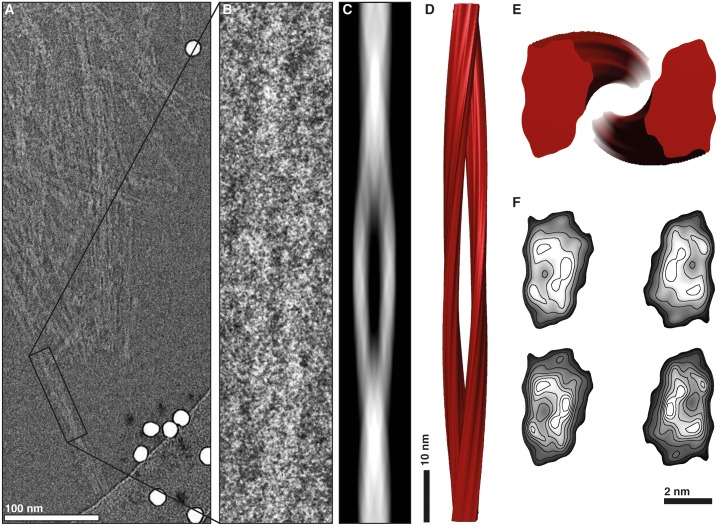Membrane transport in heart disease


Our laboratory focuses on structure-function relationships in the regulation of calcium transport in the heart. We study the molecular structure of the Ca2+-ATPases from the endoplasmic reticulum (ER) and sarcoplasmic reticulum (SR) with the overall aim of revealing the molecular basis of calcium transport and mechanisms of regulation. These Ca2+-ATPases pump calcium from the cytosol at the expense of ATP, thereby lowering cellular calcium concentrations and triggering a variety of physiological responses including heart muscle relaxation. Defects in these calcium transport mechanisms have been implicated in heart disease (hypertrophy, cardiomyopathy, hypertension, end-stage heart failure).
Prions and the species barrier

Prions are the causative protein agents responsible for mad cow disease, officially known as bovine spongiform encephalopathy (BSE). They are also involved in a variety of transmissible spongiform encephalopathies (TSEs), including variant Creutzfeldt-Jakob (vCJD) disease in humans. The pathology in these neurodegenerative diseases is associated with a conformational change in the cellular form of the prion protein (PrPC) to an abnormal "scrapie" conformer (PrPSc). The PrPC form is an alpha-helical cellular protein of unknown function that is ubiquitously expressed, including production by neurons and lymphatic tissues. The PrPSc form is an abnormal beta-sheet conformation of the same protein. The end result of this conformational conversion is PrPSc aggregation and fibril formation (amyloid-like fibrils) in the brain of infected animals.
It has long been know that the sequence of PrPC is a key determinant in the transmission of TSEs between species. In addition, the pattern of infectivity across species barriers has been shown to correlate with distinct prion protein fibril morphologies. With such evidence for a “species barrier” that is governed by prion protein sequence and structure, understanding the molecular details is essential for the rational design of therapeutics for the prevention and treatment of TSEs. Our research is aimed at understanding this “species barrier” by studying prion fibrils from different species using the technique of electron cryo-microscopy.

